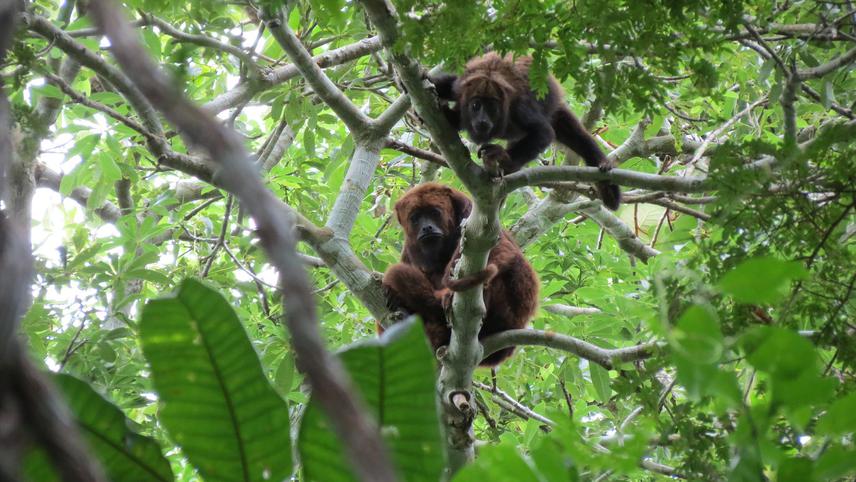Atilla Ferreguetti
Other projects
14 May 2019
Understanding the Yellow Fever Impact on Populations of Four Primates Species in the Vale Natural Reserve, Espirito Santo State, Brazil
We aim to evaluate the status of populations of four Primates species in the Vale Natural Reserve (VNR) by estimating density of species.

Individual of the Atlantic Titi – Callicebus personatus in the Vale Natural Reserve, Brazil.
The Atlantic Forest is considered one of the five "hotspots" most diverse, with a complex set of ecosystems that harbours a significant portion of the biological diversity of Brazil. The Atlantic Forest is currently restricted to less than 12% of its original forest cover and less than 40% of the total remaining area in the biome is placed in areas officially designated for conservation of biodiversity. The Vale Natural Reserve is composed of a mosaic of habitats consisting of four main vegetation types of the Atlantic Forest biome: Primary forest, mussununga (which is a unique formation of the Atlantic Forest only present in the Vale Natural Reserve), Native Grassland, and Riparian Forests). Density estimates are crucial for monitoring wildlife, allowing the comparison of species conservation status of different regions, and are important for determining of which management and conservation strategies should be adopted. These estimates have special significance for the conservation of endangered species, as is the case of most mammals which are among the animals more susceptible to extinction due human impacts. Thus, we hope that these results will contribute to the long-term monitoring of the populations in Vale Natural Reserve. There are four species of primates occur in the Vale Natural Reserve: the Crested Capuchin – Sapajus robustus, the Brown Howler - Alouatta guariba, the Atlantic Titi – Callicebus personatus, and the Geoffroy's Tufted-ear Marmoset - Callithrix geoffroyi. To estimate density of the four Primates species, we established ten 5 km-long line transects stratified by habitat type in our study area. During a 12-month period, transects will be surveyed using distance sampling techniques. The distance sampling is simple and inexpensive method that can cover large areas in a short period of time. Density will be estimated using the total number of individuals observed along each transect through the software DISTANCE 6.2.